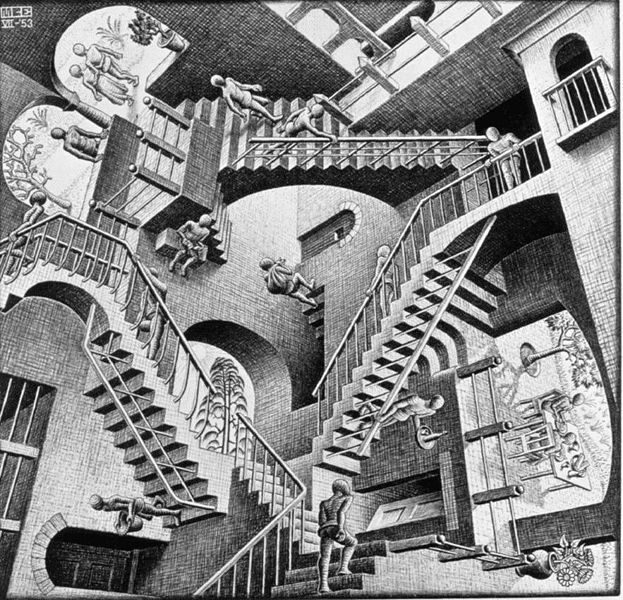Mind-Wandering
Today, wandering minds. The University of Houston's College of Engineering presents this series about the machines that make our civilization run, and the people whose ingenuity created them.
Matthew Killingsworth trained in engineering and economics. But, at this writing, he's studying psychology at Harvard. Killingsworth came to realize that, one way or another, the end of all our activity is the goal of happiness. But how do we get there?
So he and his advisor, Daniel Gilbert, are doing an interesting study: They've created an App for the iPhone. It lets them query thousands of people all over the world, at random times, with the questions: 'What are you doing?' and 'How do you feel?'
Some results might be expected. Others are disquieting. Most of our commonplace activities show only modest spread. The less happy ones include working, commuting, grooming. The happier ones are eating, praying or meditating, walking, listening to music. Conversation and exercise are fairly happy activities. Only two activities are dramatic extremes: Making love is a very happy thing to do. Unpleasant mind-wandering makes us miserably unhappy.

Relativity, by M. C. Escher. Lithograph, 1953.
So they looked closely at mind-wandering — which is something I promote on this program as absolutely essential to creative thinking. They identify three kinds of mind-wandering — pleasant, neutral, and unpleasant. Neutral mind-wandering leaves people slightly below the average happiness. Pleasant mind-wandering and not-mind-wandering are each just slightly above average. But negative mind-wandering is a very bad place to go.
So let's look at mind-wandering. First of all, woolgathering is almost always linked to something else we're doing — riding, walking, working. I recall my Army basic training — marching, standing, tired and aching. I would escape by reconstructing the voice lines of entire Byrd masses in my head. I combined pleasant mind-wandering with listening to music.
But most mind-wandering is less fun. They write: 'The human mind is a wandering mind, and a wandering mind is an unhappy mind. The ability to think about what is not happening is a cognitive achievement that comes at an emotional cost.'
Yet that 'ability to think about what is not happening' is exactly what inventors do. They think not about what is, but what could be. We must let our minds wander in that way if we hope to invent. So I go back to another small positive item in Killingsworth's and Gilbert's chart — to meditation.
That lies very close to the kind of mind-wandering that the Romantic poets endorsed for creative invention. They called it reverie — the half-waking, half-sleeping state where we finally free our minds from all its constraints. Invention requires the ability to go back and forth between unstructured woolgathering and focused construction of some new thing that has not yet happened.

And the emotional cost? Well invention bounces between neutral and pleasant mind-wandering. Its net cost is small for something that occasionally yields such a huge payoff in the coin of self-fulfillment.
I'm John Lienhard at the University of Houston, where we're interested in the way inventive minds work.
M. A. Killingsworth and D. T. Gilbert, A Wandering Mind Is an Unhappy Mind. Science, Vol. 330, 12 Nov. 2010, pg. 932. See also the Harvard article about the study.
As this program goes to air this highly relevant item appears in Science Daily.
Images: Relativity, by M. C. Escher. Lithograph, 1953, is courtesy of Wikipedia Commons. The second image was created by Valerie Lawhorn.